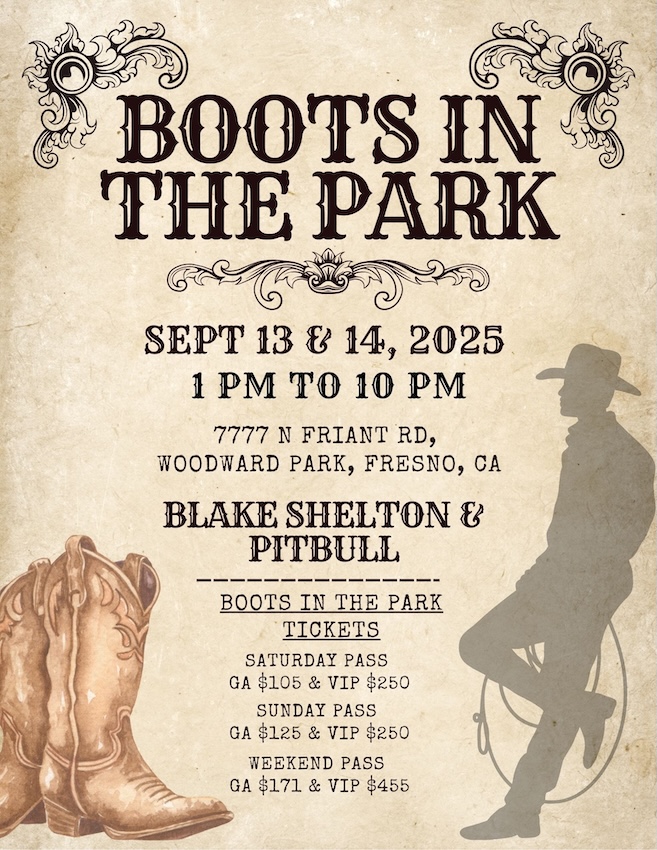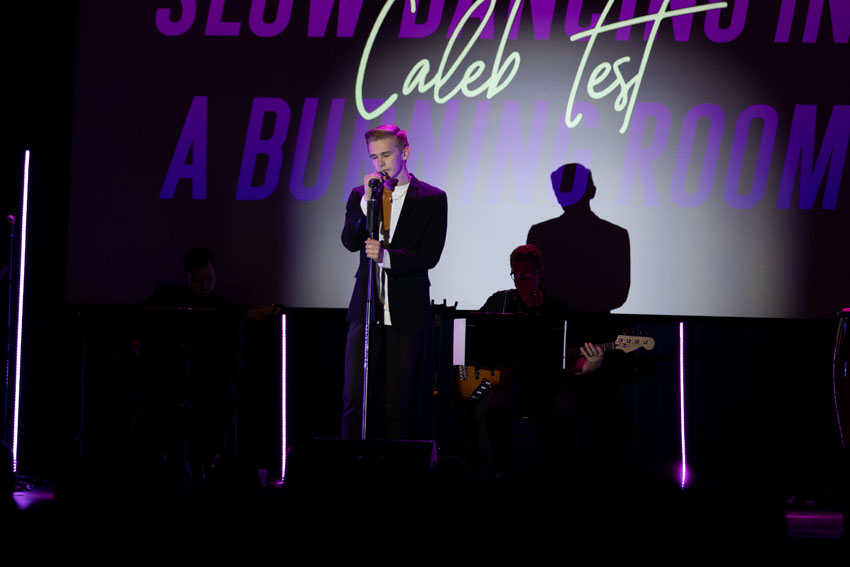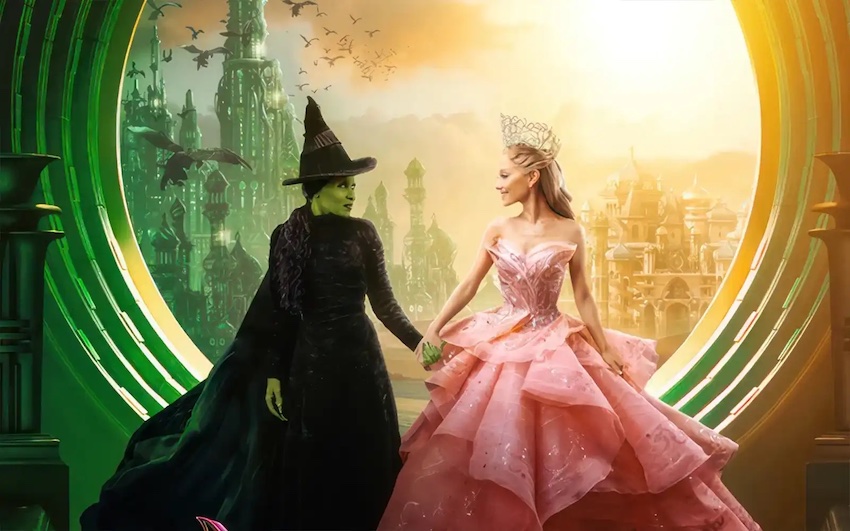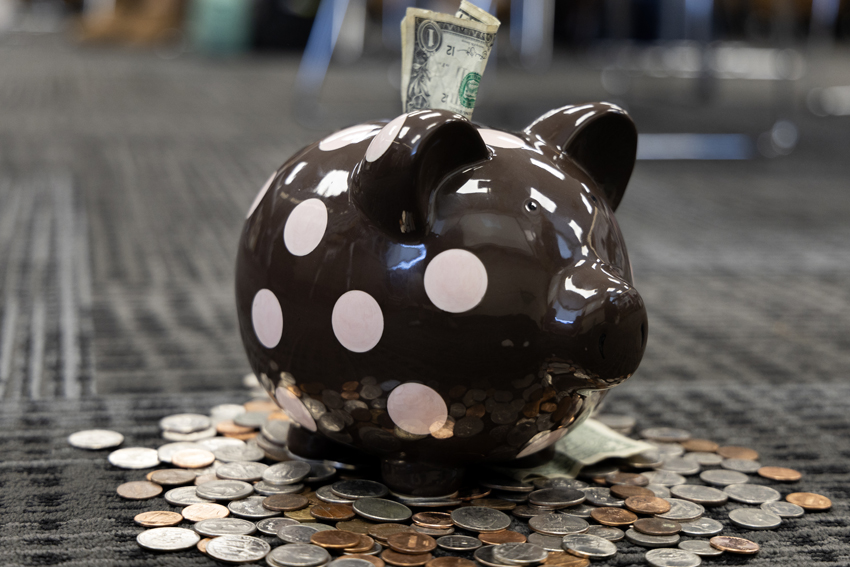After the band and choir spent a long day watching other musical groups perform at the Heritage Festival in Palo Alto, the musicians traveled into San Francisco to attend a different sort of concert, April 30. Rather than more high school bands and choral artists, we were handed over to the professionals of the San Francisco Symphony.
Before the show at Davies Symphony Hall, we attended a lecture by James Keller, who informed his audience about Robert Schumann’s Symphony No. 4 in D minor and Alexander Zemlinsky’s Lyric Symphony. Keller focused mainly on Zemlinsky, as he is less known than Schumann. He told about the composer’s life and work which we would soon hear.
Instead of usual seats out in front, we entered the terrace behind the stage. Up until this moment, I was in a state of exhaustion and apathy. However, when I set myself down between friends in the front row of the terrace and looked down to discover myself directly in front of the first trombone’s folder, my mood transformed into major enthusiasm.
As a trombone player in the high school jazz band, my position was thrilling. It gave me an opportunity to read along with the sheet music over the shoulder of a professional trombonist.
Once the wait was over and the orchestra finished tuning, guest conductor Christoph Eschenbach walked out onstage, naturally commanding the attention from every member of the audience. His presence compelled every eye in the theatre as his hand raised to begin the first piece of music.
Schumann’s Symphony No. 4 of 1841 consists of four movements: Ziemlich langsam, Romance, Scherzo and Langsam. This symphony, with the exception of Romance, maintains a steady pace of vigor. Using beautiful notes, Schumann conveys almost heart-wrenching tunes throughout the symphony.
Despite its energy, the music seems wistful and sad. Romance expresses a melancholy arrangement of the theme, emphasized with a prominent string chorus.
It seemed to me, although it may have been my partiality towards brass, that Eschenbach recognized the fantastic parts written for the brass and thus chose to accent these sections. The french horns, trumpets and trombones all awed me with full, loud tones. When any trombone chorus came, a smile was unstoppable on my face, as they blasted out the notes with such power and perfection that I could hardly hear myself thinking.
After intermission, the orchestra performed Zemlinsky’s Lyric Symphony. This more modern piece of 1924 featured two vocalists, soprano Christine Sch






